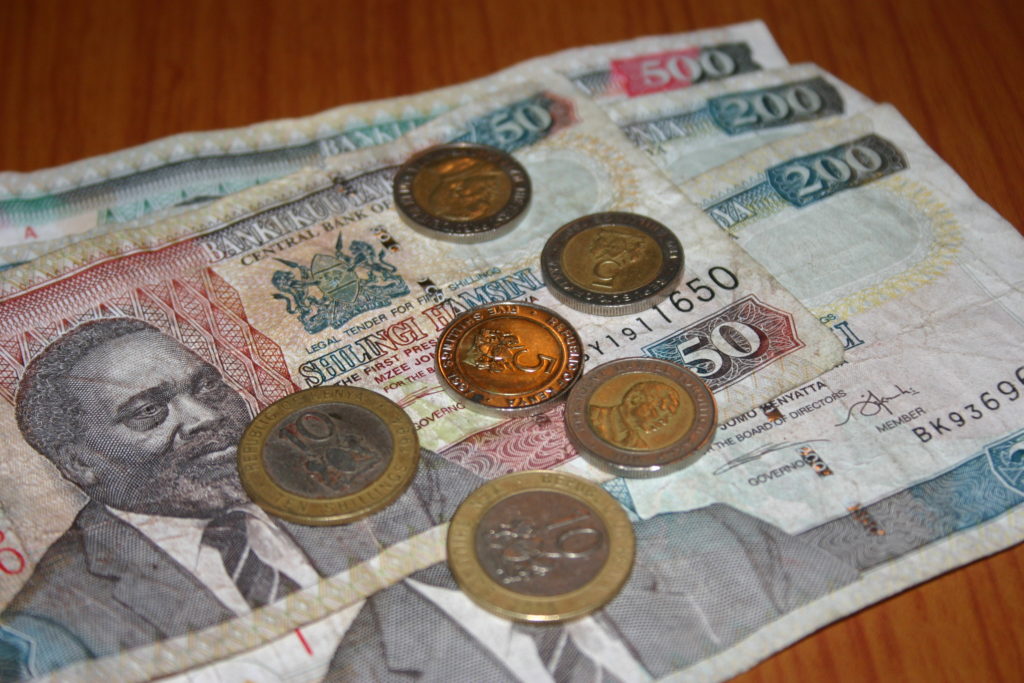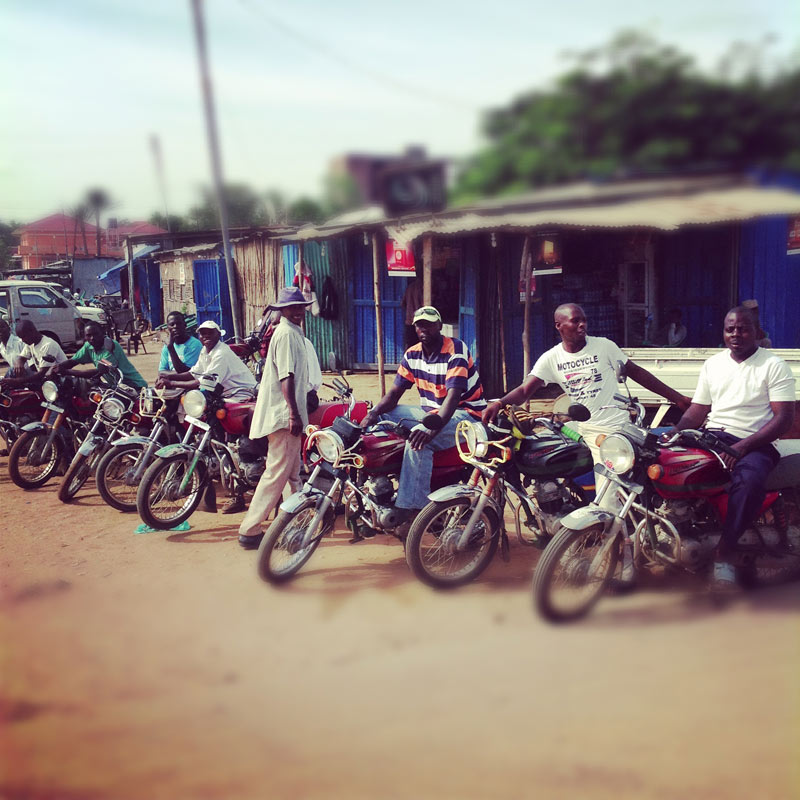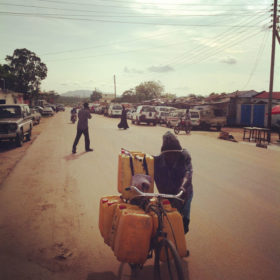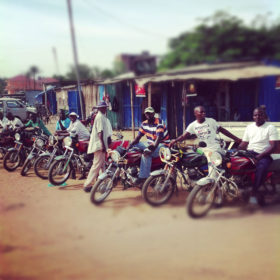Anyone who views the suffering of the masses as his own is a hero in the eyes of a freedom-loving people. So what causes the pedestrians in my town’s main streets to prick up their ears and redirect their steps is music that is highly critical of dictatorial regimes.
Liberation music is the sound of Bamenda, my city in Cameroon. It’s also called Abakwa town, which means rebellion. Administratively Bamenda is the headquarters of Cameroon’s Northwest Province. But ideologically it is the political melting pot of the country.
Paul Biya, Cameroon’s president, acknowledged this by making Bamenda his first port of call when he took office in 1982. To the pleasant surprise of Bamenda’s inhabitants, he described the town as his “second home”, and he launched his party, the ruling Cameroon People’s Democratic Movement, there. It was also in Bamenda that the first opposition party was launched on May 26 1990.
Bamenda is where politics and music blend. Up to 20 music warehouses line Commercial Avenue, its most popular street. These shops open and close with music in the air: local makossa stars like Lapiro de Mbanga, Longue Longue and Petit Pays, and reggae stars like Bob Marley, Lucky Dube and Peter Tosh boom and vibrate across the streets.
De Mbanga became famous in the 1990s when he composed a song titled Mimba We (Remember Us) that was highly critical of the Biya regime. In subsequent albums he expressed profound sympathy for Bamenda’s people. When he was dragged to court in Douala, Cameroon’s economic capital, all hell broke loose.
Major music warehouses celebrated the life of the artist by playing his songs day and night. But the betrayal of a people’s trust is difficult to forgive. De Mbanga discovered this when he back-pedalled on his role as the voice of the suffering masses. In the 1990 dawn of multiparty politics, the Biya regime implemented “Operation Ghost Towns” — a curfew that led to many losing their lives.
Despite the public outrage, De Mbanga sang in favour of the very regime he’d previously castigated. Bamenda’s rejection of De Mbanga was instantaneous — so much so that he no longer deemed Bamenda safe and was reduced to seeking shelter in Yaounde, Cameroon’s seat of government, where at the apex of his popularity he could not set foot.
His support of the regime hasn’t helped him though. This year he released Constitutional Constipation, a song calling on Cameroonians to resist the legal changes allowing Biya to remain in office beyond 2011.
For this rebellion he received a three-year prison sentence and today his fans listen to the song as a way of showing solidarity with their star.
Another makossa musician, Longue Longue, has a special place in the hearts of Bamenda’s inhabitants. And he returns the sentiment: when Linda, his unfaithful lover in one of his songs, abandons him her destination is Bamenda. She becomes a prostitute there, but the musician continues to cherish her as if she were the most chaste and most saintly of lovers.
His first song, Ayo Africa, in the late 1990s was a jibe at colonial masters in general. He followed this with another bestseller, Privatisation, which derided the Biya regime’s policymakers for the corrupt and inept manner in which they were handling the privatisation of state-owned entities.
Soon after the album hit the market, rumour — the main source of information in Cameroon — made the rounds that Longue Longue was going to be arrested. Longue Longue had anticipated this reaction: in Privatisation he solicited the protection of none other than the people of Bamenda. He sang that he was “pickin for Bamenda”, which means “son of Bamenda”, and dared anyone to lay hands on him. He ended the song by calling on Bamenda’s people to shield him from the vendetta of the white man (the colonial master).
The song’s success was confirmed by the welcome Longue Longue got in Bamenda in June 2007 on the eve of the parliamentary and municipal elections. He staged a live show, pulling in the poor and the rich alike, much to the chagrin of the authorities and the glee of the opposition.
Brasseries du Cameroun, the country’s largest brewery, was first to see the potential of Longue Longue’s growing popularity in Bamenda. It organised a festival for Mutzig (echoing “music”), one of its popular beer brands. It took place at the Guinness Club in Bamenda and Longue Longue’s presence filled the air as hundreds of us turned out to welcome the “liberator”, shouting: “We are behind you, we want to see who will dare touch you.” The rain was unstoppable that night but we partied and danced with our hero all night long.
The popularity of De Mbanga and Longue Longue on our streets in Bamenda has been a source of profound inspiration for other Cameroonian musicians. Petit-Pays, a makossa music maestro, initially sang only of erotic love. His lyrics contained such obscene words that even the degenerates blushed.
But when the musician began to express frustration with the regime his popularity soared. His song I’d Suffer for My Country became a favourite of the Bamenda people because it was seen as an indictment of Biya. And when Petit-Pays scaled the heights of obscenity by posing naked on the album, his fans in Bamenda saw not pornography but radicalism. They interpreted his nakedness to mean the political nakedness of Cameroon. The song topped the charts twice.
Successful political music can be dangerous, though. Nyamsi Kotto Theodore, popularly called “Kotto Bass”, had a hit with his song Yes Bamenda, which catalogues all the great political figures the Northwest Province has produced. But he never lived to enjoy the fruits of his musical labour. In Bamenda it is widely believed that he was eliminated by the regime for daring to hero-worship the people of Bamenda, whom the regime’s most determined apologists take delight in denigrating.
Aaron Kah is editor of Kilum 24 in Cameroon, and former news editor at Abakwa FM media. This post was first published in the M&G.





